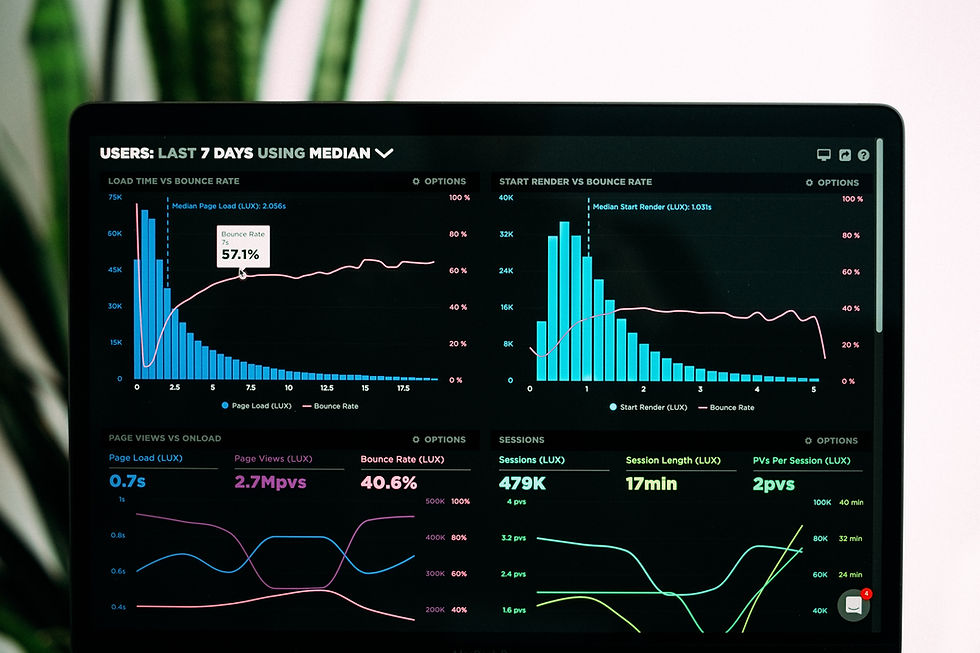This post covers examples of metrics and indicators that can be used to assess progress, such as employee satisfaction surveys, diversity of hires and promotions, and engagement in DEI programs.

Diversity, Equity, and Inclusion (DEI) are more than just buzzwords; they are integral to creating a vibrant, innovative, and productive workplace. However, understanding the impact of DEI initiatives requires more than just a commitment to these values; it demands a robust framework for measurement and evaluation. Here, we delve into the key metrics and indicators that organizations can use to assess the progress and effectiveness of their DEI efforts.
1. Employee Satisfaction Surveys
One of the most direct ways to gauge the impact of DEI initiatives is through employee satisfaction surveys. These surveys should be crafted to extract honest feedback about the workplace culture, sense of belonging, and perceptions of fairness and inclusion. Key questions can include inquiries about the effectiveness of DEI training programs, comfort levels in raising concerns related to equity, and the perceived inclusivity of the work environment. Analyzing trends over time in these responses can provide invaluable insights into how DEI efforts are being felt on the ground.
2. Diversity of Hires and Promotions
Quantitative data plays a crucial role in measuring DEI success, with the diversity of hires and promotions serving as a critical metric. Organizations should track and report the demographic makeup of new hires, as well as those receiving promotions, to ensure that DEI values are reflected not just in entry-level positions but across all levels of leadership. This includes examining the representation of underrepresented groups in managerial and executive roles, which can signal the effectiveness of an organization's commitment to creating pathways for diverse talent.
3. Engagement in DEI Programs
The level of engagement in DEI programs—such as participation rates in training sessions, mentorship programs, and affinity groups—offers another lens through which to evaluate DEI progress. High participation rates can indicate a strong organizational commitment to DEI values, while feedback from these programs can provide qualitative data on what's working and what needs improvement. Additionally, tracking the implementation of DEI initiatives and their outcomes can help organizations understand the correlation between specific programs and overall DEI goals.
Why These Metrics Matter
Measuring the success of DEI efforts is crucial for several reasons. Firstly, it enables organizations to identify areas of strength and areas needing improvement, allowing for targeted interventions. Secondly, it demonstrates a commitment to transparency and accountability in DEI efforts, building trust among employees and stakeholders. Finally, by regularly evaluating these metrics, organizations can adapt their DEI strategies to changing dynamics and ensure that their commitment to diversity, equity, and inclusion remains not just aspirational but a tangible and integral part of their operational ethos.
What Can You Use to Monitor Metrics?
Measuring the key metrics for evaluating Diversity, Equity, and Inclusion (DEI) efforts in an organization requires access to specific resources and tools that can facilitate data collection, analysis, and interpretation. Here are some resources that organizations can utilize to measure these key DEI metrics:
Survey Platforms: Tools like SurveyMonkey, Qualtrics, or Google Forms can be used to design and distribute employee satisfaction surveys. These platforms offer robust analytics to help analyze survey data, identify trends, and generate insights on employee perceptions of DEI in the workplace.
HR and People Analytics Software: Software solutions like Workday, SAP SuccessFactors, or BambooHR provide comprehensive HR analytics features. They can track diversity demographics, hiring practices, promotions, and turnover rates, offering a clear view of how DEI initiatives are reflected in workforce composition and career progression.
DEI Dashboard Tools: Custom DEI dashboards can be created using business intelligence tools like Tableau, Microsoft Power BI, or Looker. These dashboards can integrate data from various sources to provide a real-time view of DEI metrics, including diversity of hires, promotion rates, and engagement in DEI programs.
Engagement and Culture Platforms: Platforms such as Culture Amp and Glint offer specialized surveys and analytics focused on measuring engagement, culture, and inclusion within organizations. They provide insights into how diverse groups experience the workplace, helping to tailor DEI initiatives more effectively.
Professional Assessment Services: Consulting firms specializing in DEI, like us, offer professional assessment services. Our services provide an external, objective analysis of an organization's DEI efforts, benchmarking against industry standards and offering recommendations for improvement.
DEI Certifications and Benchmarks: Organizations like the Society for Human Resource Management (SHRM) and the Diversity and Inclusion Professionals (DIP) offer certifications and benchmarking tools. These resources can help organizations measure their DEI initiatives against established best practices and standards.
Academic and Research Institutions: Collaborating with academic institutions or leveraging research from think tanks focused on workplace diversity (such as Catalyst or the Pew Research Center) can provide additional insights and validation of DEI metrics and strategies.
Utilizing these resources can help organizations more effectively measure their DEI efforts, providing the data needed to make informed decisions, track progress over time, and continually refine their approach to fostering an inclusive workplace.
In conclusion, a comprehensive DEI measurement approach that includes employee satisfaction surveys, diversity of hires and promotions, and engagement in DEI programs is essential for organizations committed to making meaningful progress in diversity, equity, and inclusion. By leveraging these metrics, organizations can not only assess their current DEI landscape but also pave the way for sustained improvement and success.

Comments